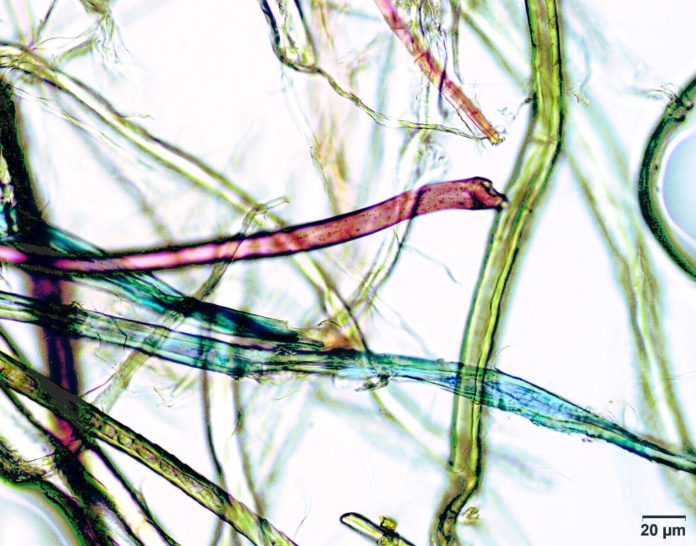A new study from the University of Victoria suggests you’ve probably unwittingly consumed microplastics today through contaminated food or water. Results show that we could be consuming tens of thousands of them every year, but the consequences for our health are poorly understood.
Microplastics are tiny pieces of plastic less than 5 millimetres in diameter, all the way down to the microscopic level. Shedding and degradation from larger plastics leads to the distribution of these miniature offshoots, and our deeply entrenched reliance on plastic as a material means they are everywhere, including the air we breathe.
Even a standard wash of clothes made from polyester, nylon, or acrylic can produce microplastics, as minuscule fibres break loose and municipal waste facilities fail to filter them out. Products like body scrubs and toothpaste often have microbeads, but these are declining due to tougher legislation.
The researchers’ estimates suggest that we intake an average of 70,000-120,000 particles annually, and for people who only consumed water via plastic bottles, the rate rose up to a minimum of 100,000 a year. Factors such as age, sex, the volume of consumption, and dietary recommendations were taken into account as part of the study.
These numbers might already sound scary, but in truth they may be even higher as the team considers them to be conservative figures given some study limitations. They came to their conclusions by reviewing 26 previous studies examining the presence of microplastics in salt, alcohol, fish, water, air, and sugars. Significantly, this only covers around 15% of the average American’s caloric intake, so the real figure could be much higher.
The majority of research into microplastic contamination in our foods has focused on seafood since the oceans are where most of them end up. Analyzing their presence in terrestrial foods such as poultry, beef, grains, and dairy will be crucial to developing a comprehensive understanding of how much we are consuming and what impact it has on our health.
Rolf Halden, speaking to the CBC, said research shows that man-made objects that end up in the body can lead to inflammation — a cancer precursor. It isn’t a given that consumption of microplastics will lead to such a diagnosis, but more investigation is needed to clarify if there is a threat, how much is too much, and what populations are most vulnerable.
“Human reliance on plastic packaging and food processing methods for major food groups such as meats, fruits and veggies is a growing problem. Our research suggests microplastics will continue to be found in the majority — if not all — of items intended for human consumption,” says co-author Kieran Cox.
“We need to reassess our reliance on synthetic materials and alter how we manage them to change our relationship with plastics.”








































